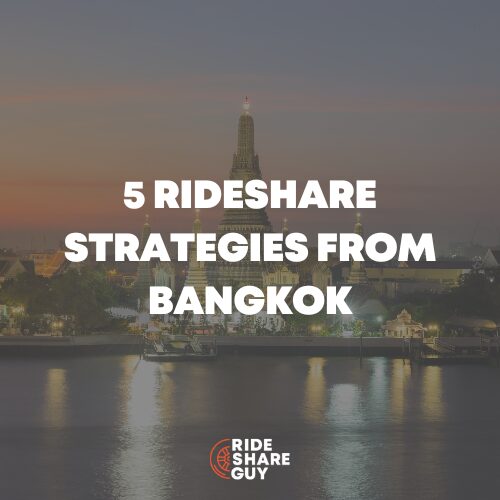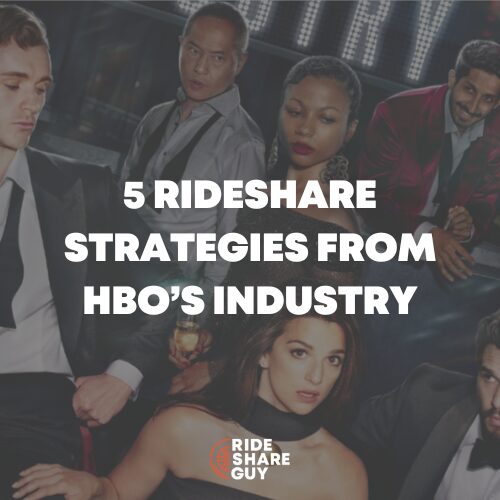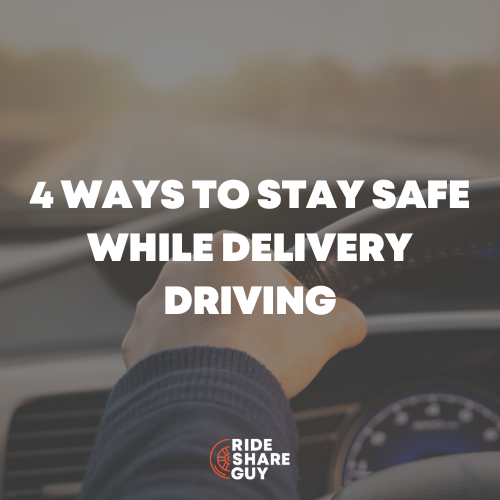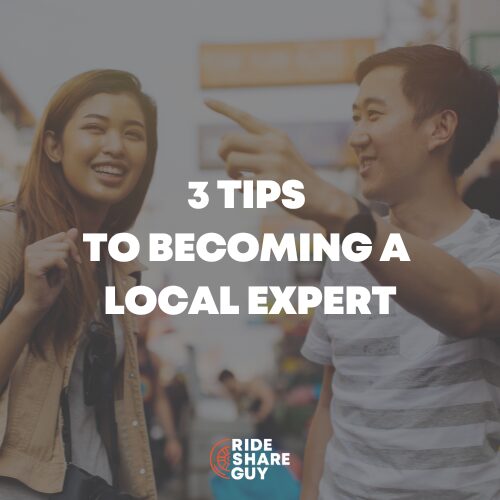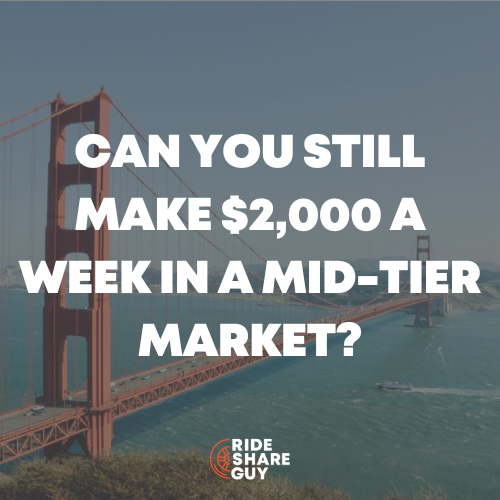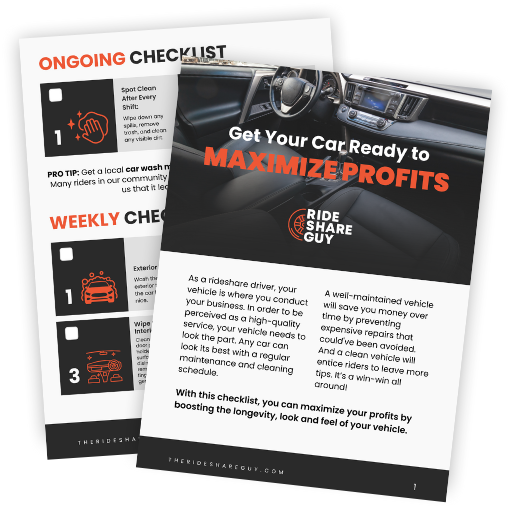
On the train from SeaTac to downtown Seattle
Last weekend, I flew to Seattle for my cousin’s son’s wedding. I had so much fun hanging out with six of my ten living cousins on my Mom’s side of the family, and an interesting thing happened during my travels.
Leaving early on Saturday morning, I called an Uber to take me to the Sacramento airport. My strategy is to check prices for both Uber and Lyft and pick the least expensive. On Saturday morning, Uber was $10 cheaper.
Returning on Monday morning, I called Lyft because it was a few dollars cheaper. During my conversations, I learned that these drivers only drove for one service: one drove exclusively for Uber, and one drove solely for Lyft. They both had reasons why the other service was inferior.
In this article, I will share why this strategy is fatal for a driver’s profitability. No matter how badly a company has treated you in the past, it makes no sense to remove any of your options in this current driving environment.
Background

Over eight years and over 30,000 rides, I have had plenty of reasons to dislike both Uber and Lyft. While working full-time, I had the luxury of driving exclusively for Lyft. And I stayed busy.
There were a few time gaps when I was not driving to a passenger or with a passenger in my car. For many of us, those days are gone. There are too many drivers and not enough passengers to keep most drivers busy all the time.
The Strategy
Drive for Uber, Lyft, and any other rideshare service in your market. Even if you don’t like how Uber deactivated you (this happened to me) or how Lyft stopped offering you any bonuses (this also happened to me), you are cutting off your nose to spite your face.
You are missing rides. You are missing bonuses. You are being careless.
I had to put my pride aside and continue using both Uber and Lyft. As a result, this weekend of driving paid off.

1. Eliminate Down Time
I don’t like waiting around for the next ping. I have committed a certain number of hours to driving and want to drive. By driving for both Uber and Lyft, you significantly reduce your downtime.
When you only drive for one service, you are at the mercy of their driver supply and passenger volume. If it’s a slow period for Uber, you may find yourself waiting for a ride while Lyft could be booming with requests.
Keeping both apps on allows you to switch between platforms and find the nearest passenger quickly, ensuring you are always on the move and earning. In Sacramento’s current rideshare driving environment, one company alone can not keep a driver busy.
Several times, I was driving around waiting for my next ride. That is when you want both the Uber and the Lyft app open to accept rides. This isn’t a time to be choosy. This is a time to take what you can get.
I drove for 19 hours this weekend. I earned $540. My gross hourly revenue was $28.44 per hour. These earnings are below my goal of $30 per hour. However, my gross figure would have been much lower if I had only driven for Uber or Lyft.
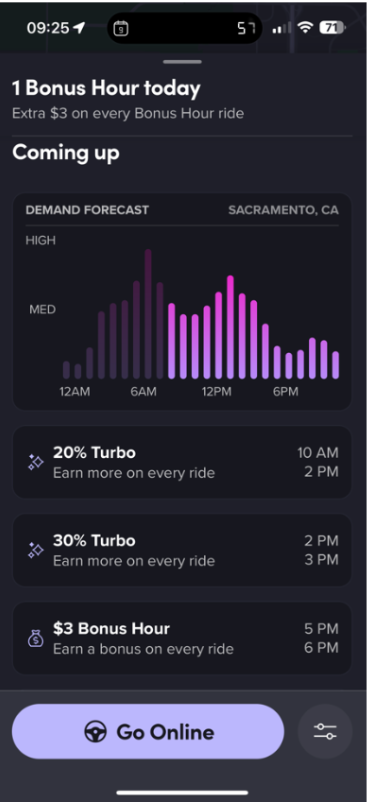
2. Maximize Bonuses
Both Uber and Lyft offer bonuses and incentives to their drivers, but these bonuses often vary in amount and availability. By driving for both services, you can take advantage of the best offers from each platform.
For instance, Uber might have a surge pricing bonus in the morning, while Lyft offers a streak bonus in the afternoon. You can strategically align your driving schedule to maximize your earnings from these bonuses by toggling between the two.
Now that Lyft has seen that I am back driving, they are offering me a few bonuses. If I had only driven for Uber, I would not have these bonuses available.
3. Better Ride Selection
Driving for both services provides you with a wider array of ride options. Uber and Lyft sometimes cater to different demographics or operate more efficiently in different areas.
If Uber is more prevalent in downtown areas and Lyft in the suburbs, being available on both platforms means you can choose more convenient or profitable rides based on your location. This flexibility allows you to optimize your route and avoid less profitable trips.
This weekend, I only had a few opportunities to be selective. However, there were a few in which I got pings from both Uber and Lyft within a few minutes of each other, and I selected the ride that paid me the most revenue per hour.

4. Maximize Revenue
Ultimately, the goal of rideshare driving is to maximize revenue. By utilizing both Uber and Lyft, you ensure continuous income opportunities. When one app is slow, the other might be busy.
This dual-platform strategy helps you avoid idle time and maintain a steady flow of rides, which translates to higher overall earnings. Additionally, you can compare fare estimates between the two services to choose the most profitable rides.
5. Protect Against Deactivation
Deactivation is a constant concern for rideshare drivers. Sometimes, deactivation can occur due to misunderstandings or unfair passenger complaints.
By driving for both Uber and Lyft, you mitigate the risk of losing your entire income source due to deactivation from one platform. This redundancy ensures that even if one account is temporarily suspended, you can continue to earn money from the other.

Key Takeaways
Driving for Uber, Lyft, and other available rideshare services is a strategic approach to maximizing profitability and minimizing downtime.
It allows you to take advantage of the best bonuses, select the most profitable rides, and protect your income against the risk of deactivation. In the current competitive environment, diversifying your driving options is essential for maintaining a steady and lucrative income.
There are too many drivers to assume that only one rideshare service will keep you busy and maximize your profitability.
Sign up for both and watch your profits grow. Be safe out there.
